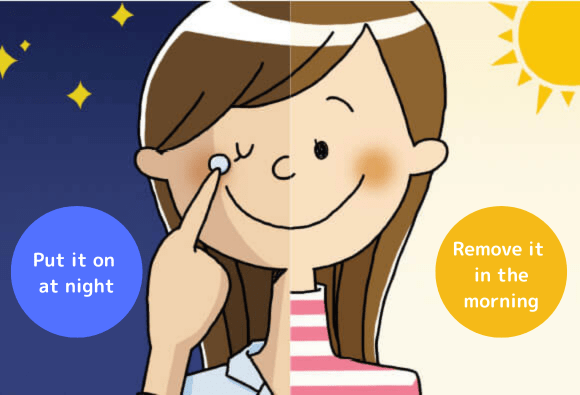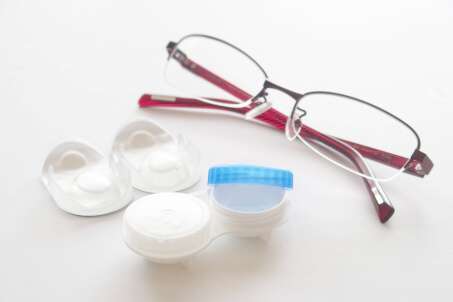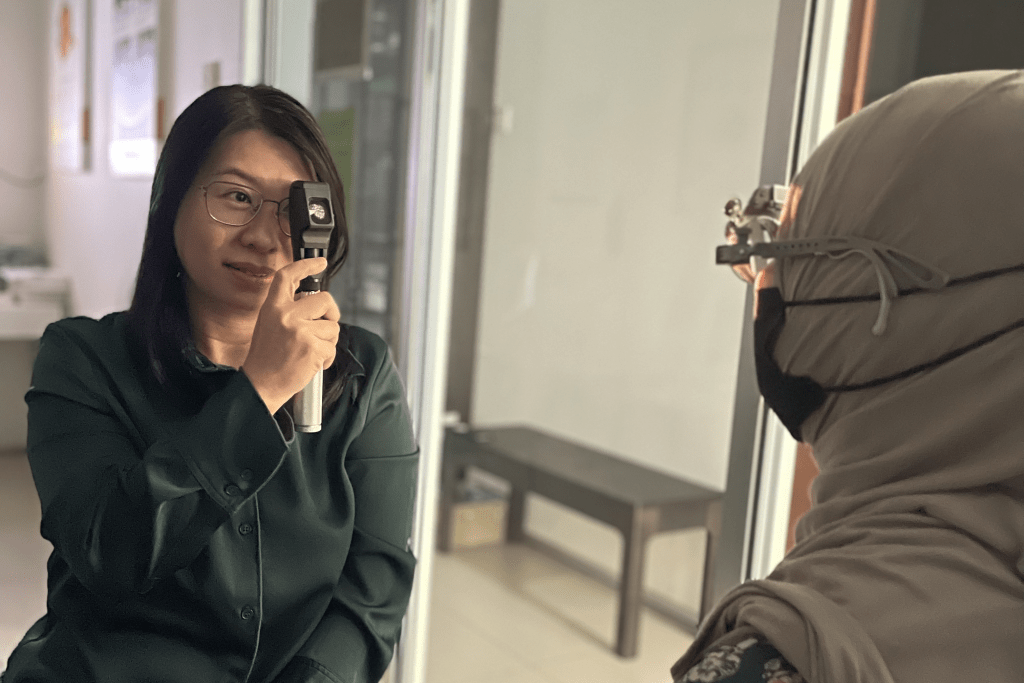
What is orthokeratology?
Orthokeratology is a non-surgical vision correction method for myopia and myopic astigmatism.
By wearing specialized contact lenses overnight, vision is corrected during sleep, allowing for clear daytime vision without the need for glasses or contact lenses.
This website provides detailed information about the benefits of orthokeratology and how it compares to other treatment options.

What is orthokeratology?
Orthokeratology is a non-surgical vision correction method for myopia. By wearing specialized contact lenses overnight, vision is corrected during sleep, allowing for clear daytime vision without the need for glasses or contact lenses.

Orthokeratology Treatment for Children
Orthokeratology is also recommended for children. A growing body of academic research indicates that starting treatment at a younger age is more effective in slowing the progression of myopia.

Nearest Medical Facilities
This guide provides a list of ophthalmology clinics offering orthokeratology treatment. You can find a medical facility near you and compare treatment costs.

How much does orthokeratology treatment cost?
Curious about the cost of orthokeratology treatment? Here, we compare the benefits and drawbacks of orthokeratology versus other treatment options.

Learn more about myopia
Explore a range of information on myopia, including eye structure, types of myopia, the differences between myopia, hyperopia, and astigmatism, as well as the risks associated with myopia progression.

Christina Tan S.L
Senior Optometrist
VVC Optometrist,
Denai Alam, Shah Alam,
Selangor, Malaysia
Orthokeratology for Myopia Progression Control:The Importance of Early Adoption
Orthokeratology, or Ortho-K, has emerged as a transformative treatment in the field of myopia control. This innovative approach uses specially designed rigid gas-permeable contact lenses worn during sleep to gently reshape the cornea, providing clear vision throughout the day.
Myopia, or near-sightedness, is becoming increasingly prevalent worldwide, driven in part by lifestyle changes such as prolonged screen time and reduced outdoor activities.
More than just a vision correction method, Orthokeratology has shown great promise in slowing the progression of myopia, a critical benefit for children and teenagers at risk of worsening near-sightedness. This preventive treatment has been extensively researched, and the recent improvements in lens performance demonstrate a high success rate in slowing myopia progression, making it a reliable tool for managing this condition. Witnessing the difference this treatment makes in my patients’ quality of life continues to reinforce my confidence in its potential.
It is heartening to see such progress, especially when considering that, in the past, this technology was not available, leaving many to struggle with high myopia. The ability to provide effective solutions today marks a major milestone in eye care.
For parents considering Orthokeratology, I strongly encourage you to start your child as early as possible, even if their prescription is low. Orthokeratology works best for lower prescriptions rather than high myopia, making early intervention critical in achieving optimal results. Additionally, Orthokeratology provides a non-surgical, reversible option for those hesitant about procedures like LASIK.
To patients considering Orthokeratology, my message is one of encouragement and assurance. This treatment is safe, well-researched, and supported by clinical studies. However, it is crucial to work closely with a qualified eye care professional to ensure the best outcomes and monitor eye health regularly. By taking proactive steps with Orthokeratology, you are not only improving your vision but also making an investment in your long-term eye health.
Orthokeratology:
A Recommended Treatment for Children

Orthokeratology is commonly prescribed for children, particularly those in elementary, middle, and high school. Many young patients choose this treatment because the earlier it begins, the more effective it is in slowing the progression of myopia. Starting treatment early makes it easier to achieve vision correction and allows children to spend more time with clear, uncorrected vision during the day.





